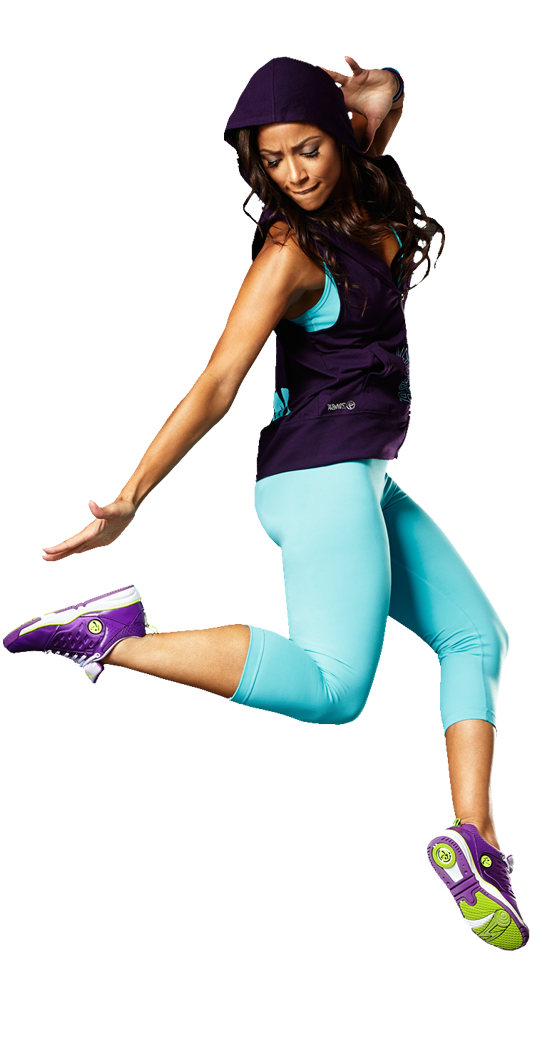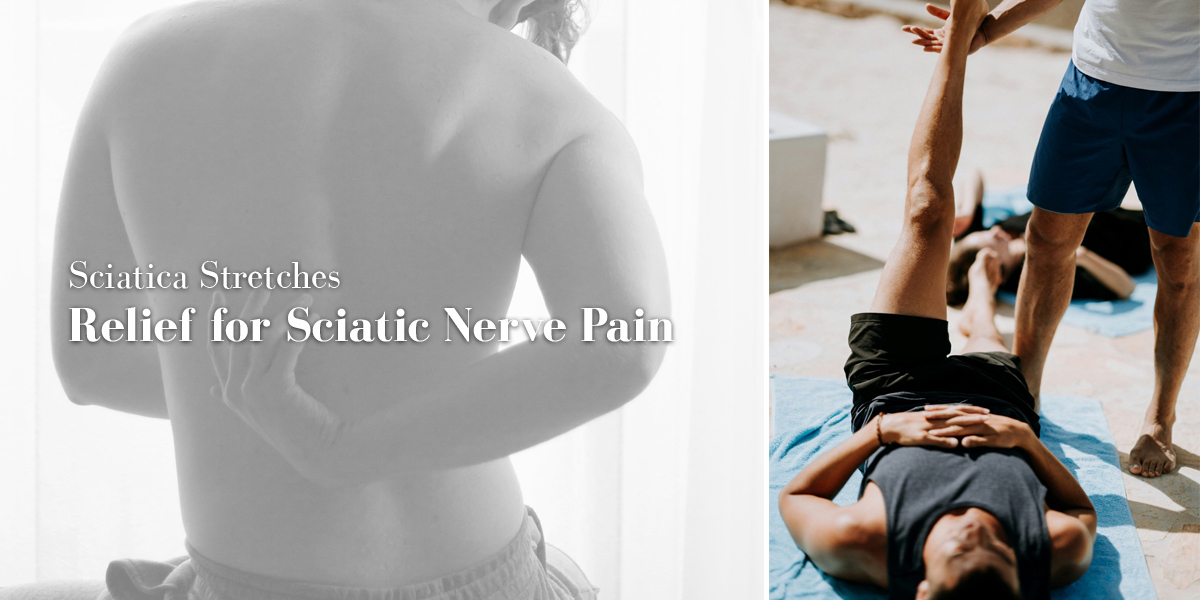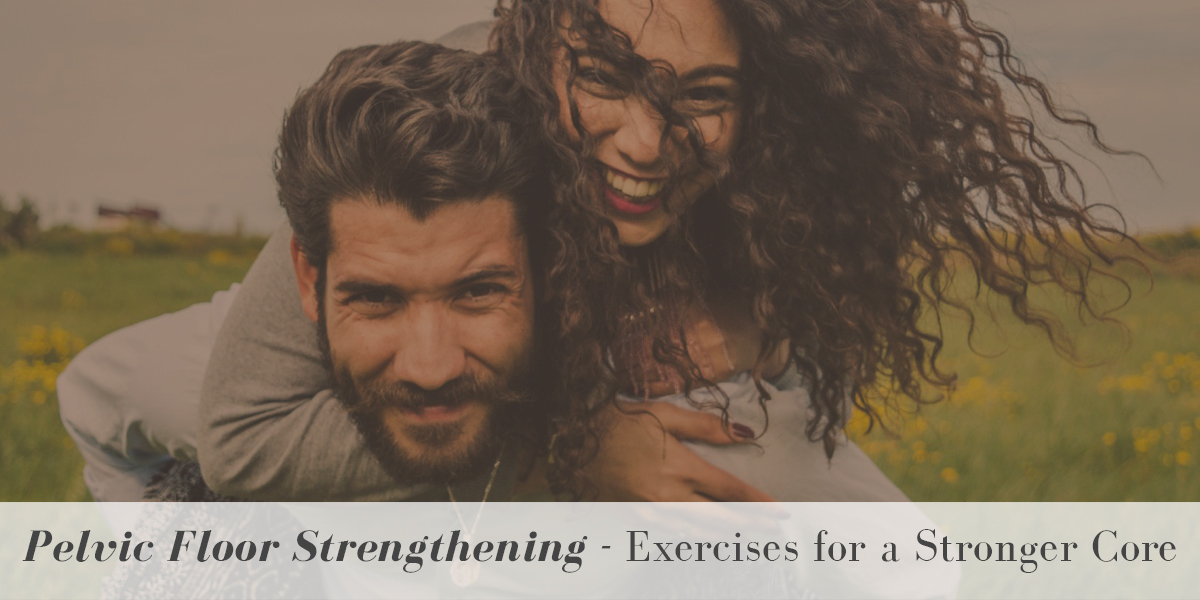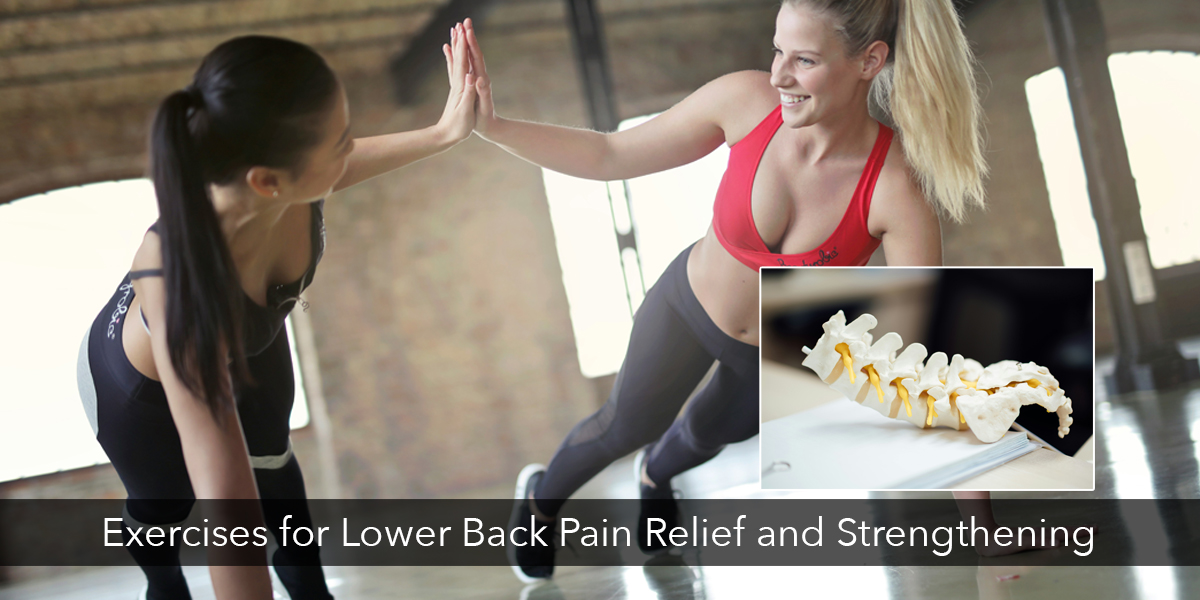Zumba Benefits: Dance Your Way to a Healthier You!
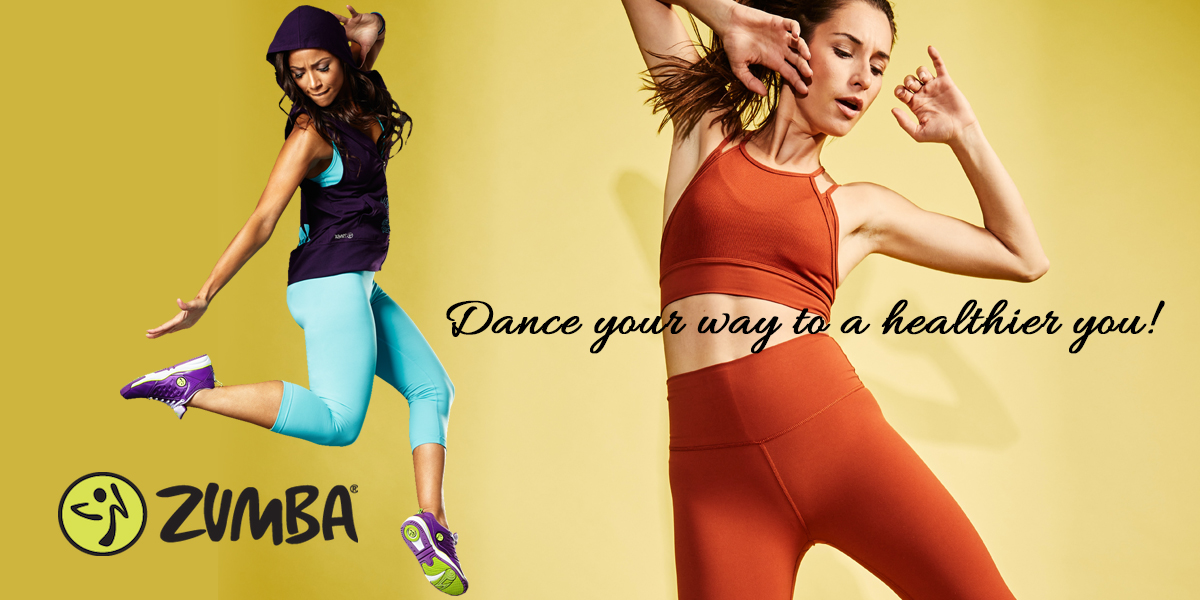
Zumba is an aerobic dance exercise that helps you improve your fitness while having fun! You can follow choreographed dances online through Youtube or visit an in-person class to start experiencing the Zumba benefits today.
Background of Zumba

Zumba was first created by a Colombian dancer and choreographer in 2001. He has trademarked the name of his workout program, which is now practiced in over 180 countries worldwide.
The choreography is inspired by Latin music and movement, but the sequences are meant to be accessible to all – even if you have no dance experience. In North America, most classes are between forty-five minutes to an hour long, and the music is upbeat, catchy, and easy to move to.
What Makes Aerobic Dancing So Healthy?

To remain healthy, your cardiovascular system needs to be strengthened by regular aerobic exercise. The American Heart Association recommends that able-bodied adults include at least 150 minutes of aerobic exercise per week, plus an additional 1-2 days of workouts that focus on resistance training.
To optimize the health benefits of exercise, you should work out and have a minimum intensity that increases your heart rate, puts you slightly out of breath – but you could still maintain a conversation. If you want to push yourself harder, you can, as long as you are medically cleared to do so.
Other benefits of aerobic exercise include:
- Increased level of energy
- Better blood sugar control
- Improved mental health
- Stronger bones
- Increased muscular strength and balance
Dancing has been shown to improve memory and brain function, which may appeal to the aging population wanting to stay stimulated and healthy.
What Are Some Zumba Moves?
There are several different dances within the Zumba workouts, but the key moves involve side-stepping, stepping forward and back, twisting your hips as much as you like, and including your arms in the workout. This can be swinging them as you step, raising them in the sky, or clapping on the beat.
You can still participate in Zumba fitness classes even if you feel like you have two left feet. The point of this workout class is to move your body in a way that feels enjoyable and happy. Try not to add too much pressure on yourself while you dance – just let your body move and have fun!
Are There Any Negative Effects of Zumba?
With any type of exercise, there is a risk of physical injury or overexertion. To stay safe, you should only participate in physical activities if you are medically cleared to do so. If you have an injury or joint pain, you should inform the class instructor – they can suggest more appropriate variations that suit your physical abilities.

After you dance for an hour, you should drink water, have a light snack, and take some time to stretch. If you ever feel light-headed while dancing, you should sit down and take a break until you feel better.
Start Dancing Today!
There are several Zumba benefits to your health, and the classes are fun to attend. Remember to bring a water bottle so you can stay hydrated while you work out.
If you want to try something new this summer, consider signing up for local Zumba classes or try a few online sessions. Happy Dancing!
FAQs
Is Zumba cardio?
Yes, if you move your body and keep up with the pace, Zumba is considered a cardio-based exercise.
What is Zumba good for?
Zumba dancing can help improve your cardiovascular fitness, improve mental health, help strengthen bones, aid with muscle toning, and help you feel more energized.
Is Zumba high-impact exercise?
Some moves, such as bouncing, jumping, or lunging forward, can be high-impact. Your instructor can offer gentler alternatives if you need low-impact options.


